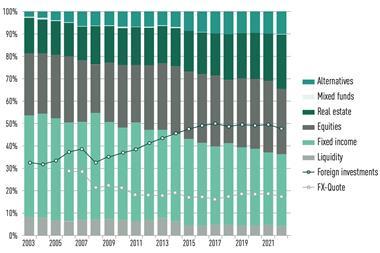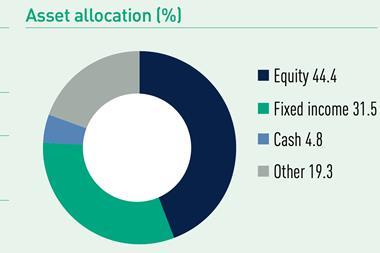Full employment is not the solution to rein in the structural deficit of the first pillar pension system (AHV) in Switzerland, according to the study ‘Labour market scenarios for the fiscal sustainability of the AHV’, published by UBS.
The results of the study show that the level of wages received by employees is as crucial as the participation in the Swiss labour market to financially support the first pillar pdension system. But a higher participation alone cannot compensate for baby boomers leaving employment, it added.
Moreover, even with higher workloads and higher wages for women, who earn less than men, the structural deficit of the AHV remains, according to UBS.
If women from the age of 28 will increase their participation in the labour market by a total of half the current difference between men and women by 2050, the AHV will still record a deficit standing at 77.9% of the gross domestic product (GDP) in 2019, compared with 89.2% recorded by keeping the status quo, and with the implementation of the reform AHV 21, which increases the retirement age for women from 64 to 65 in four stages, the study found.
If the gender gap between women and men in terms of participation in the labour market disappears, the AHV financing gap reaches a level of 66.7%. In a third scenario drafted in the study, instead, if women work more than men, the AHV deficit increases to 97.5% of GDP.
The results of a scenario where women work more than men are backed by research conducted by Claudia Goldin, who received the Nobel Prize in Economic Sciences last year.
Goldin’s analysis shows that an equal distribution of child-rearing and care between both parents is usually associated with a greater loss of income. Therefore, from a household perspective, it may be rational for one parent to provide care, while the other works full time, the study said.
The results of the latest UBS’s labour market and pension study fit in with previous analyses, making again clear that structural reforms, for example relating to the first pillar’s income and expenditure, or a reform of the retirement age, are still necessary for a sustainable and fair financing of the AHV.
In Switzerland, the combination of structural reforms, labor market adjustments and other social policy changes provides incentives, creating a higher workload, especially for women, and could represent the solution to fix the pension system’s problems, according to the study.
To pay pensions, the state will have to find ways to generate more income for the AHV, the study said, adding that ultimately the future generations will have to shoulder higher contributions during their working life to keep the same pension promises given to the older generation.
Looking for IPE’s latest magazine? Read the digital edition here





































No comments yet